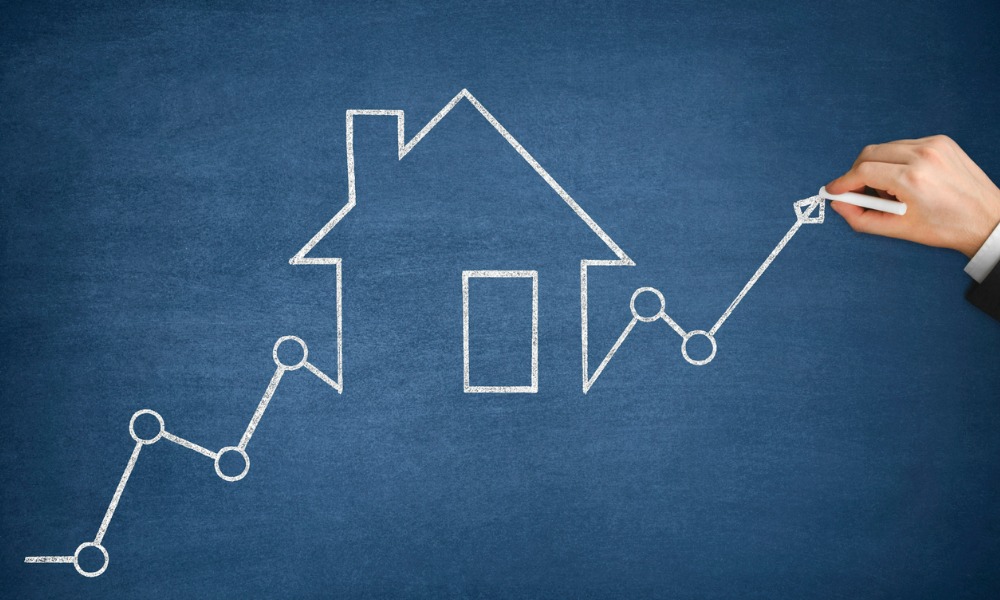Property agent's data reveals all

A record proportion of homes have been bought by buyers without a home to sell this year, residential estate agent Hamptons reported.
Hamptons’ data showed that so far this year, 73% of buyers were chain-free, up from 69% in 2021.
The rise, Hamptons said, has been driven by an increase in the share of homes bought by first-time buyers and investors, while movers with homes to sell have dropped off.
Selling to a chain-free buyer has long been the preferred option for sellers looking to speed up a sale and reduce the chances of it falling through. However, the lack of stock has amplified the advantage chain-free buyers hold as chains become increasingly slow moving.
“The current pace of the market has put buyers with a home to sell at the back of the queue,” Aneisha Beveridge, head of research at Hamptons, said. “In a fast-paced market such as today, over three-quarters of sellers had multiple offers on the table to choose from. And given chain-free buyers tend to complete quicker and sales are less likely to fall through, they are fast becoming the preferred option for sellers.”
Read more: Rightmove: 21% of properties now chain-free.
Movers have found it harder to line up their next purchase given there were a third fewer homes available to buy in Q1 2022 compared to pre-pandemic Q1 2019.
Hamptons also shared that 61% of 2022 sellers – also a record proportion – chose a chain-free offer over a buyer who had a house to sell.
Data analysis also revealed that chain-free buyers took an average of 91 days to exchange in April, 20 days quicker than a buyer with a property to sell.
All regions saw an increase in chain-free sales over the last year, except London and the North East.
Beveridge, however, pointed out that chains also serve an important role in the market as it helps people move up and down the housing ladder.
“It’s second and third steppers, alongside downsizers, who rely on the capital raised from the sale of their home for their next purchase who are finding it particularly tough. This is also exacerbating the lack of stock given their homes are increasingly being bought by first-time buyers and investors who do not have a property to sell,” she explained.
“Roughly speaking, for every 10 homes sold so far in 2022 only three of those buyers will bring a home on to the market to sell, creating a chain,” Beveridge added.



